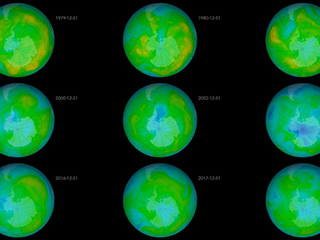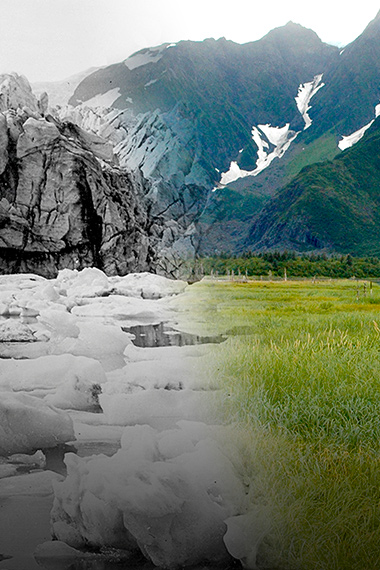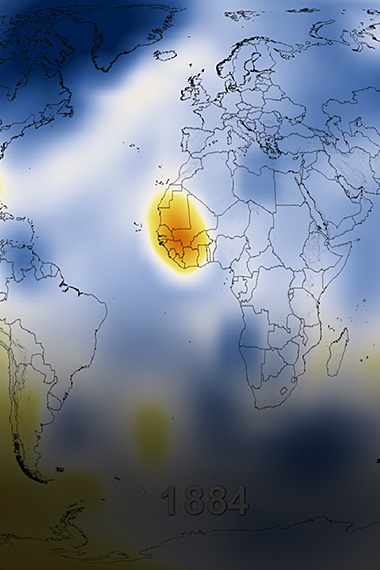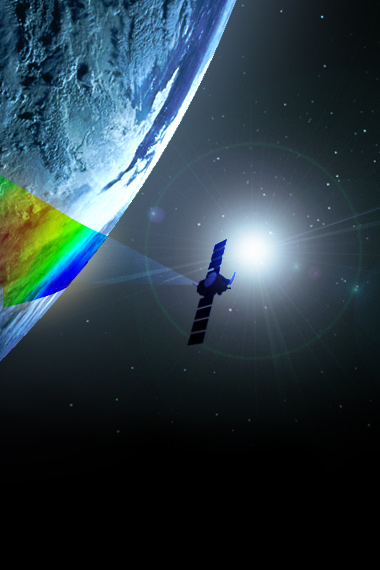MULTIMEDIA
Video: Simulated clouds and aerosols
Tiny solid and liquid particles suspended in the atmosphere are called aerosols. Windblown dust, sea salts, sulfates, smoke from wildfires and pollution from factories are all examples of aerosols. Depending upon their size, type and location, aerosols can either cool the Earth's surface or warm it. They can help clouds form or inhibit cloud formation. And if inhaled, some aerosols can be harmful to people’s health.
To study aerosols and their impact on clouds, researchers from NASA’s Global Modeling and Assimilation Office ran a simulation of the atmosphere that captured how winds transport aerosols around the world. This simulation, produced by the Goddard Earth Observing System Model Version 5 (GEOS -5), shows clouds (white), dust (brown shades), sulfates (purple shades) and organic black carbon (green shades) at 7-kilometer resolution from September 1, 2005, to December 31, 2005 (hourly). Simulations like this allow scientists to better understand how different types of aerosols travel in the atmosphere, impact cloud formation and influence weather and climate.






























